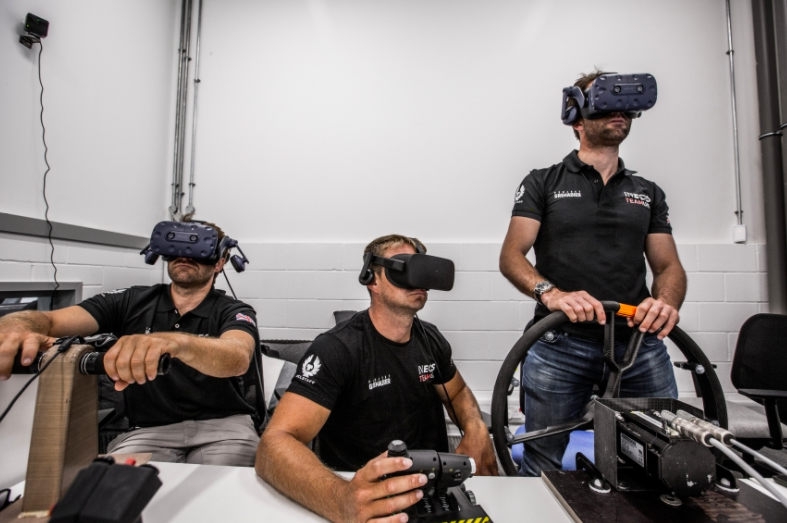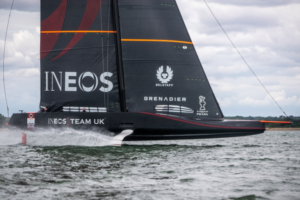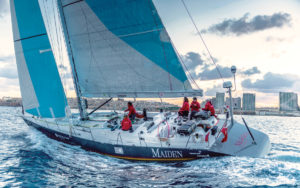Bespoke software aids Ineos Team UK’s AC75 development

The America’s Cup has always been a design and technology contest as much as a sailboat race, and the current set of rules doubles down on that emphasis. The new concept of the AC75 boat has a very open set of parameters that encourage – rather than limit – innovation, particularly in hull, foil and systems design.
Specifically, the new rules have banned testing in wind tunnels and towing tanks. They have also banned teams from sailing more than one boat at a time. In doing so, they have banned all the normal ‘real’, as opposed to virtual, methods of development. The previous gold standard of development, two-boat testing, is no longer possible.

Credit: C Gregory
Therefore, Ineos (currently back in the Solent) had to shift the emphasis of testing to the virtual environment. The first step was to ensure sufficient compute resource to get more accurate solutions faster at every stage of the process, but it was also crucial to streamline the workflow by which ideas travel from the initial inspiration to each new test.
Ineos and team software design partner, Coderus, have developed a new software which is said to greatly improve the speed and accuracy with which innovation and design creativity can be handled in the boat design development process.
Named Chimera, the new software’s development has been led by Ineos’ Chief Designer, Nick Holroyd. Chimera makes it possible for a designer to sketch an idea on a screen and for that idea to then travel seamlessly, and without further intervention, all the way to the final CFD run.
The means a design can be taken, added to a model of the whole boat, and then run it through the team’s Velocity Prediction Program (VPP) to test whether it will make the boat faster or not. If positive, Chimera can then prepare the model for a full simulation run across many different boat states in the team’s CFD program.
To make the most of Chimera, however, the team needed to bring the software to life by developing a user interface, which is where Coderus was involved.
Coderus – a Cypress Design Partner, Microchip’s App Developer Specialist and an Authorised Design Centre for Qualcomm – brought its expertise in application development and high-quality user interfaces to work with the team’s need with an outcome of improving the design team’s workflow and increasing the throughput of ideas in both speed and accuracy.
“With the expertise of experienced programmers and CFD engineers in the team such as Andy Bryson and Nitin Garg, we knew we would be able to handle the background data that would be passed from one test to another, but to be able to develop the UI we required extra resource and that is where Coderus were invaluable,” says Holroyd.
“Coderus’ software engineers and experience in all stages of development enabled us to bring Chimera to life and develop a real game-changing piece of software as we develop and design the fastest boat possible for the 36th America’s Cup.”
Historically, the hindrance of a virtual design workflow is that each step requires the idea to be represented in a different digital format. The VPP, for example, needs something different to the CFD. The Chimera software removes these frustrations and inherent hold-ups and allows the team to seamlessly take an idea from the designer’s initial sketch right through to a final CFD run.










